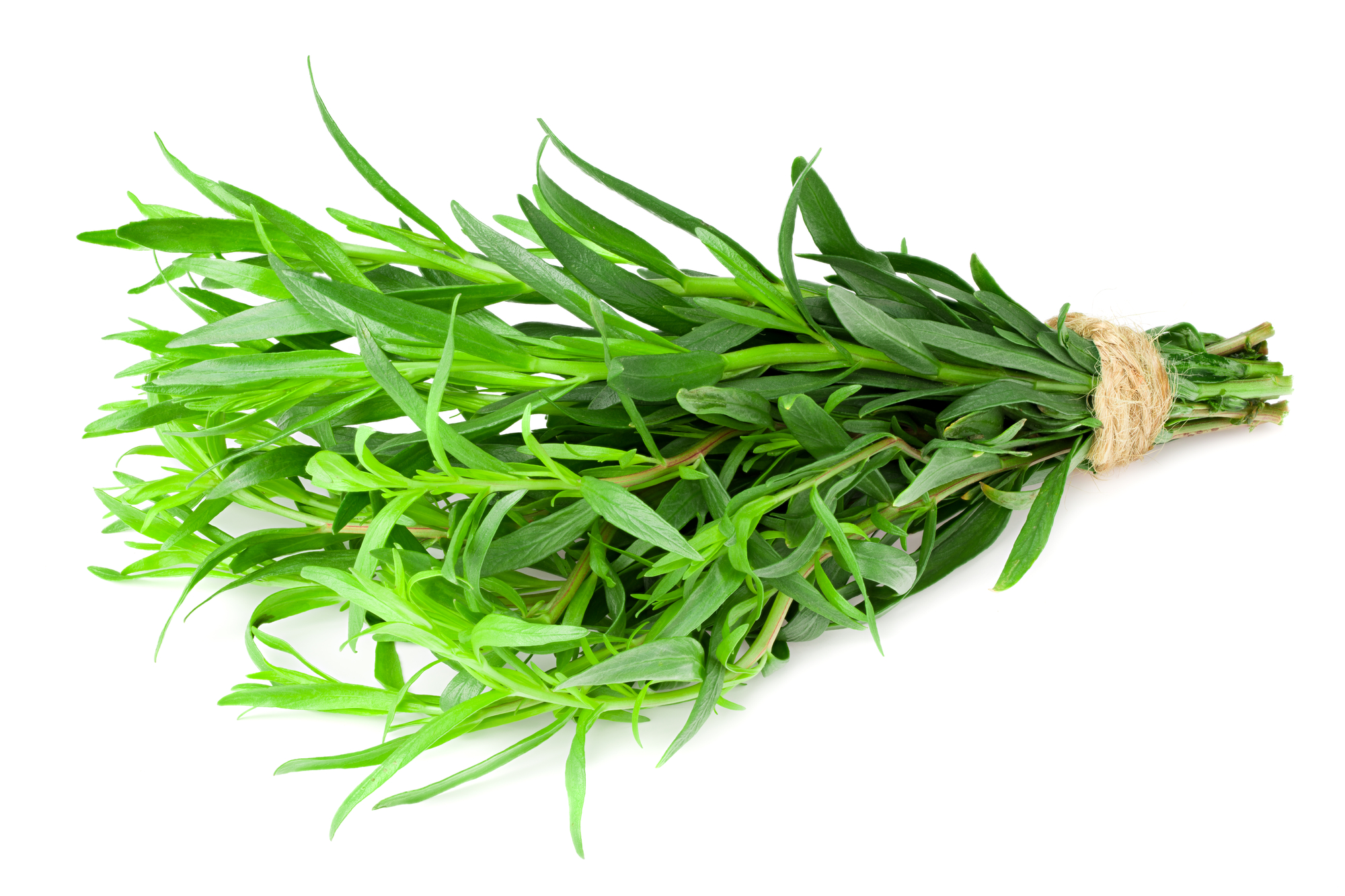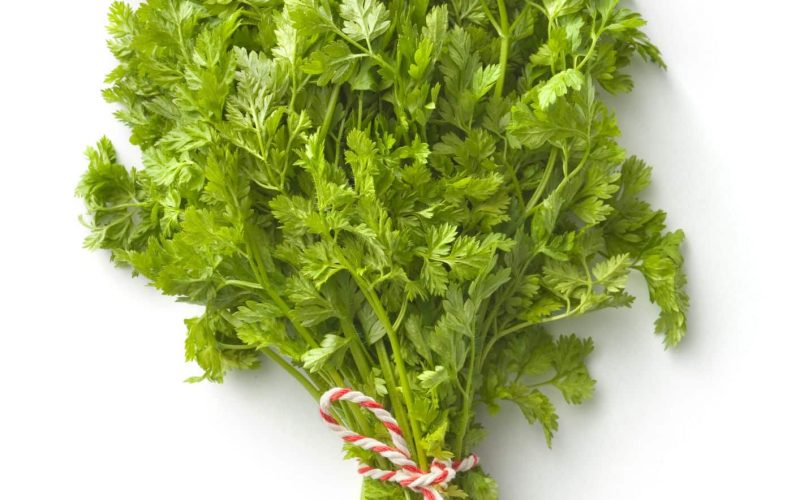Herbs are necessary elements for any recipe to enhance taste and scent.
These green herbs are fantastic for cooking and contain many minerals and bioactive substances that substantially enhance our health.
Herbs are a wonderful complement because of their delicate flavor and perfume.
Chervil, which belongs to the parsley family, is frequently utilized in French cooking.
Chervil, scientifically known as Anthriscus cerefolium, is an edible plant frequently used in French cuisine.
It has a slight anise flavor and is a delicate, flavorful component.
Chervil is a versatile vegetable that complements egg dishes and goes well with soup, fish, poultry, and shellfish.
Additionally, it makes a great complement to sauces and butter flavoring.
French parsley or garden chervil are other names, but because this delicate herb isn’t always in season, you might need to find some substitutes for chervil.
Talking about the substitutes for chervil will be useless if you don’t understand the chervil plant.
Let’s talk about what chervil is and what chervil’s alternatives are.
What is Chervil and Where It is Grown?
Chervil is a member of the parsley genus, a plant family with many different members, each with distinctive characteristics.
Chervil resembles the perfect garden plant. It is an easy-to-grow annual that can be cultivated in your backyard.
The plant was first widely cultivated in the majority of European nations.
However, the plant is now widely grown in other regions, particularly on the American subcontinent.
Ensure you have a shed or a cooler place to cultivate this plant at home. If a cooler surface is not offered.
If you don’t have any chervil on hand, you might try these substitutes for chervil in your recipes:
Best Substitutes for Chervil
1. Parsley

Parsleys are wonderful substitutes for herbs similar to chervil. Since these two green spices are related, substituting chervil for parsley will make little difference.
Parsley’s taste is lighter and gentler compared to chervil’s. However, it cannot accurately replicate the flavor of chervil because it lacks the anise tone, a distinctive base tone in chervil.
It won’t be a major concern, and you can still control the flavor of the parsley by increasing the number of other spices in your dish to increase the likelihood of the flavor when using chervil.
Parsley is an ideal chervil substitute in dry recipes since, like chervil, it loses taste fast when heated.
2. Tarragon

The best option to use if you need substitutes for chervil is tarragon because it is one of the staple components in French cooking.
Chervil and tarragon both have an undertone of anise, a distinctive feature of French herbs.
Even though tarragon has a very subtle flavor on its own, because it tastes like licorice, it is sometimes referred to as chervil.
Compared to chervil spice, tarragon has a somewhat bittersweet flavor. Its general mild tone, meanwhile, strongly resembles chervil.
Since tarragon’s subtle flavor doesn’t overshadow the meal, it is often found in delicate foods like fish, soup, and chicken throughout Europe.
Contrary to popular belief, you only need half a tablespoon of tarragon to replace one tablespoon of chervil, which has a stronger taste.
Too much tarragon may quickly overshadow the flavor of your recipe, so it’s better to start with a tiny quantity and add more if necessary.
For decoration, tarragon may be placed directly on meals or chopped into little pieces and used as a garnish.
We might characterize the taste of chervil as a delicate mingling of parsley and tarragon.
So, depending on your recipe, you can consider substituting chervil with half of each parsley and tarragon.
Remember to taste the flavor periodically to choose what ratio and herbs to use as substitutes for chervil.
3. Chives

Although chives aren’t frequently used as substitutes for chervil, some chefs might suggest them.
Chives are a common green spice available in your local market or supermarket. They are used in many different types of cuisine.
Contrary to its availability, you cannot replace chervil with chives alone since the flavor won’t immediately match. There is a noticeable visual change.
Chives can be used as a substitute for chervil, but hyssop and thyme will also be needed.
Combining these three spices will result in a material resembling chervil.
However, because it might seem sloppy, this combination is only good for flavor.
These three herbs can be separated, blended, and used in soups instead of chervil.
It is difficult, but the payoff may be a mouthwatering herby scent you can smell as soon as the food is finished cooking.
Naturally, the better something smells, the better it tastes as well.
4. Fennel

Fennel is excellent. Its leaves can be utilized in savory and sweet dishes in the same manner as chervil. It’s a common element in Italian and French cuisine.
Fennel is frequently used in meals from Italy, France, and England, including pigs, sausages, and shellfish.
It tastes like a new anise. Fresh (raw) fennel leaves can be roasted, sautéed, or consumed raw.
If you substitute chervil with fresh fennel instead of tarragon, you may use the same amount as the recipe asks for because it doesn’t overshadow a dish like tarragon does.
Fennel may be added to soups, roasts, and salads. The optimal ratio is one tablespoon of chervil to one fennel leaf.
Fennel can be used in the following ways to replace chervil:
- Fennel and Campari can be combined to create a drink that helps digestion.
- Fennel, dried basil, fresh spring onions, and oregano, all diced finely, will give your pasta salad a richer taste.
- Fresh fennel adds flavor to seafood soups and vegetable broths.
5. Dill

Chervil can also be substituted with dill, a mild anise flavor that goes well with any meal.
You can use it to improve the taste of soups, sauces, or potatoes.
Be aware that dill is often applied as a garnish as cooking causes it to lose flavor.
Remember that food becomes blander the longer it is cooked. Dill leaves are best added after the cooking is complete.
More chefs use dill seeds because they taste more strongly than dill plants. In contrast to dill weed, the seeds improve in taste when cooked.
The optimal ratio is one tablespoon of chervil to 12 tablespoons of fresh dill weed.
6. Cicely

The cicely plant is less well-liked than the other herbs available. Cicely is a flavoring in pastries, baked goods, and candies because it has a sweet flavor and a trace of anise.
Because of its sweet taste, exercise caution when substituting it for chervil, especially in savory recipes.
Use around 14 tablespoons of fresh cicely for every tablespoon of chervil, and then adjust the amount to suit your tastes.
Cicely is not one of the most challenging substitutes for chervil because it is not frequently found in local supermarkets and grocers, but you might be able to acquire fresh cicely in specialist shops.
Although you may pick the leaves for months before they are too large for indoor use, they reach around 2 feet.








